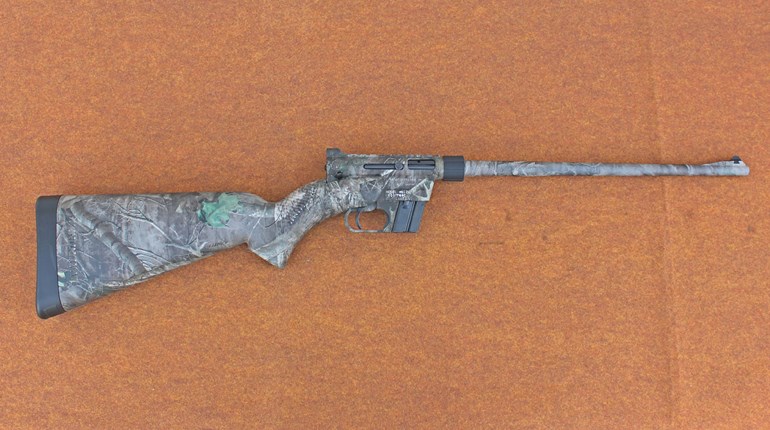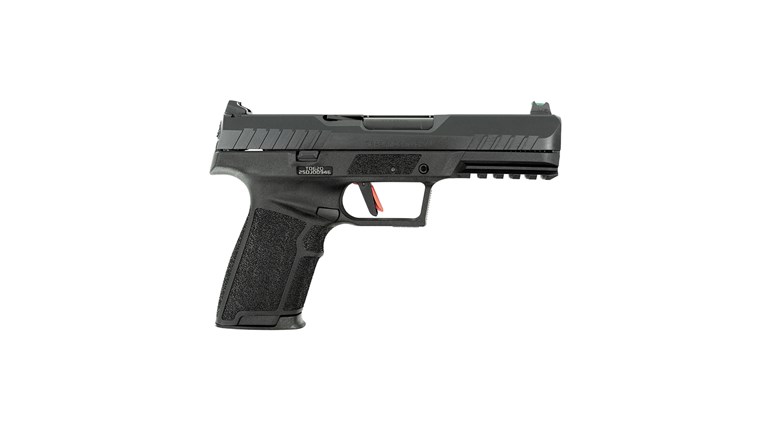
Reader Frank Scurio comments regarding David Sams’ article on Gas or Piston for AR-15 Match Accuracy?
Great article! I’m glad someone finally took this up with some real experimentation. Another test I would like to see is a comparison of a 1:12-inch twist barrel to the modern 1:7-inch for the lighter bullet weights.
Short Answer: The 1:7 twist rates also work for the lighter bullets, Frank.
Long Answer: From Bryan Litz’s Applied Ballistics for Long Range Shooting: “Stability is the ability of a projectile to maintain its point-forward orientation in flight, and return to that orientation if disturbed.” For the purpose of this article, we are examining a bullet’s accuracy as affected by a barrel’s twist rate.
Spin or gyroscopic stability creates a rigid bullet axis just like when a spinning top stays upright. The faster you spin the top, the harder it is to change its axis. For a bullet, this axis has to be strong enough to overcome the torque generated by air on the bullet’s nose. Too slow a spin (rifle twist rate) and the bullet yaws. At a faster spin rate, the bullet’s axis is strong enough to resist the torque from the onrushing air. In the extreme, a bullet spinning too fast will come apart during flight.
For the same caliber, heavier bullets are longer and have a less rigid axis than shorter/lighter bullets. This means that as the bullet becomes longer (heavier), the spin rate must be increased to maintain stability. This is why your gunsmith will recommend a 1:7 twist for 80-grain bullets fired at the 600-yard line, versus the 1:12 twist rate commonly used for a 55-grain varmint cartridge. This also explains why the best compromise for a barrel that will fire several bullet weights during competition is a spin rate optimized for the heaviest bullet.

We’ve come a long way since the late 1960s in .223 Rem./5.56 mm ballistics. The original M16 began with a 1:14 twist rate, which is good enough for bullets around 55 grains. The next step in the evolution was a 1:12 twist rate, followed by a 1:10 for the 62-grain bullets. Today’s modern battlefield is not in a jungle environment with a thinly dressed enemy. Soldiers now fire a heavier bullet at longer-range targets that must penetrate hard cover and sometimes body armored engagements. The 1:7 twist rate for the M16 rifle family accommodates the heavier/longer tracer round.
Heavier bullets have consistently proven their ability to provide more kinetic energy and penetration, albeit with an impact on the soldier’s combat load (total weight of uniform and equipment). This all makes sense for combat, but what about match accuracy over extreme distances?
Bullets have never tumbled in flight. They do yaw. When bullets leave the barrel, virtually all designs start off fishtailing somewhat. The further they travel, the bullet spin induced by the rifling eventually stabilizes the bullet. Some calibers stabilize sooner than others. Normally, a .22 caliber (.223/5.56 mm) centerfire bullet has to travel at least 200 meters before it stabilizes. That’s why all of my .223 accuracy testing is done at 200 meters. While at the U.S. Army Marksmanship Unit, we tested our M16 National Match service rifles at 300 meters. (I don’t have my range set-up for 300 meters, or I would do the same.)
We experimented with several variables, but the bottom line was that heavier bullets are better in terms of energy and accuracy at any range. We did the same testing with the M14 rifle, starting with a 150-grain FMJ M80 round. Tests with the 168-grain M852 round showed significant improvement in both energy and accuracy.


































